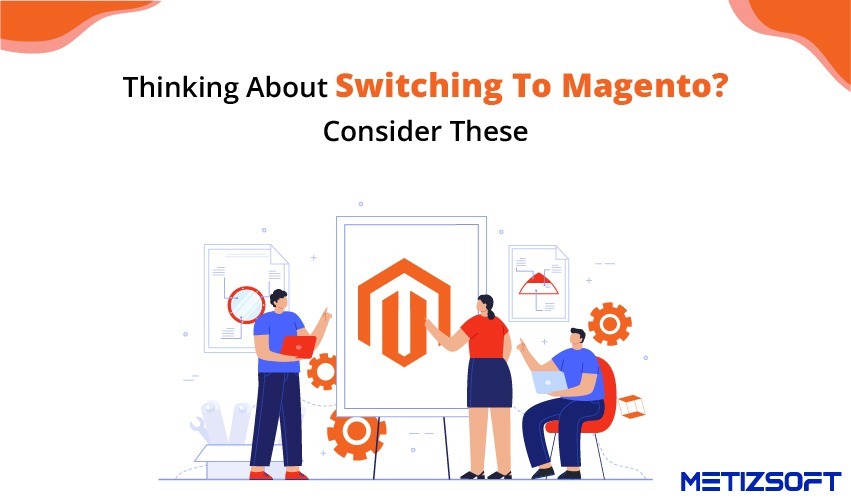
Magento is an open-source e-commerce platform based on PHP. Magento Development Service is mighty, flexible, and completely free to implement. It has wide developer support, resulting in no dearth in the availability of apps and extensions.
Magento makes hosting the absolute best web design so easy, it is an obvious choice when launching an e-commerce venture.
However, migrating an existing venture onto the Magento platform comes with its fair share of challenges.
Unless properly managed and accounted for, hassles resulting from mismanagement can easily balloon into unrealistic proportions.
- Improper Duplication
The cardinal problem related to any automated platform migration is the unnecessary duplication of content related to the canonical URLs.
Layer navigation, pagination, and proper product sorting can get really messed up in platform transitions and can be a big hassle to figure out later on in a brand-new platform with no experienced administrators.
Dynamic URLs need to be checked to ensure they do not link to duplicate content, and the URL-generating algorithms must be reconfigured for optimal performance.
These kinds of errors are doubly confusing to customers since the link “seems” to be working properly.
This can result in greatly reduced customer confidence in the venture due to the bad user experience.
Also, in case of improper page duplication, framed content may not load properly or at all, resulting in a page that looks badly rendered and corrupted.
- Data Loss
Prior to migration, all site data must be properly cached and re-hosted on the server.
Businesses often miss this crucial step when tackling migration’s more “religious” parts. This can result in serious downtime if they don’t complete it before the platform switch.
Considering how important proper web hosting is to the user experience on an e-commerce platform, we cannot overstate the importance of this particular point.
Loss of data can take months to re-plan and re-code. This results in significant administrative expenses and severe customer attrition due to extended downtime.
If proprietary data cannot be recovered properly, it can also have severe financial repercussions like lost accounts and profit records.
- Contingency Plans
In case of a failed migration or data loss, you must have a contingency plan. This plan should include alternate server hosting and data backups so that downtime doesn’t affect your site.
Although advisable for all server maintenance and software upgrades, this becomes doubly important during crucial events like platform migration. You must properly and safely roll back to a pre-migration state.
Server downtime can severely affect your e-commerce venture, so having contingency plans to safeguard it is necessary. Consider backing up your data off-site or onto the cloud for maximum protection.
- Error Handling
A platform migration always carries with it the possibility of creating dead and orphaned links. This, however, may put the user in a quandary. A bookmarked link suddenly throws up an error.
To properly tackle these scenarios, rewrite error pages. This ensures that if an error occurs, you guide the customer safely back to the main homepage.
Many sites do their own unique tweaks to error pages, especially the 404 Page Not Found code. It serves one singular purpose: to prevent customer attrition.
In appropriate cases, consider simply redirecting a dead link to a search engine. This will then point the user to the page the old link initially intended.
Taking preventative measures like these is extremely important. They help keep existing customers and generate good press to gain new ones.
AboutChetan Sheladiya
Related Posts
First Ever Shopify Meetup in Ahmedabad
E-commerce Industry has involved a lot. How are you visualizing your eCommerce business future? Let’s see what our...
Shopify Payments Vs. Third-Party Gateways: Which One You Must Choose for Your Store?
Table of Contents IntroductionWhat is a Payment Gateway?What are the Different Types of Payment Gateways?Shopify Payment:...
